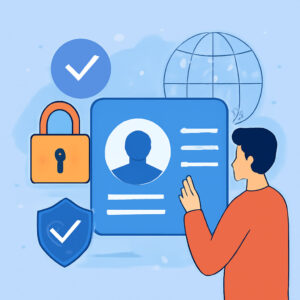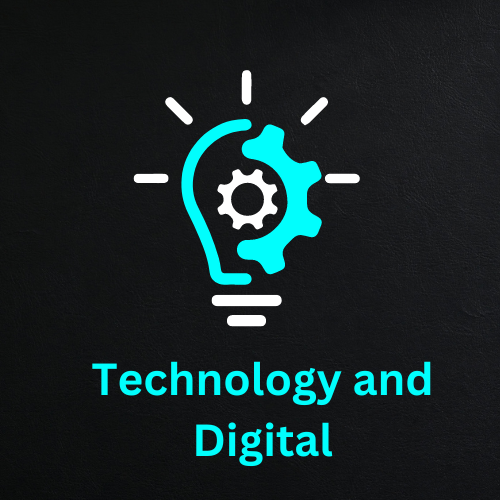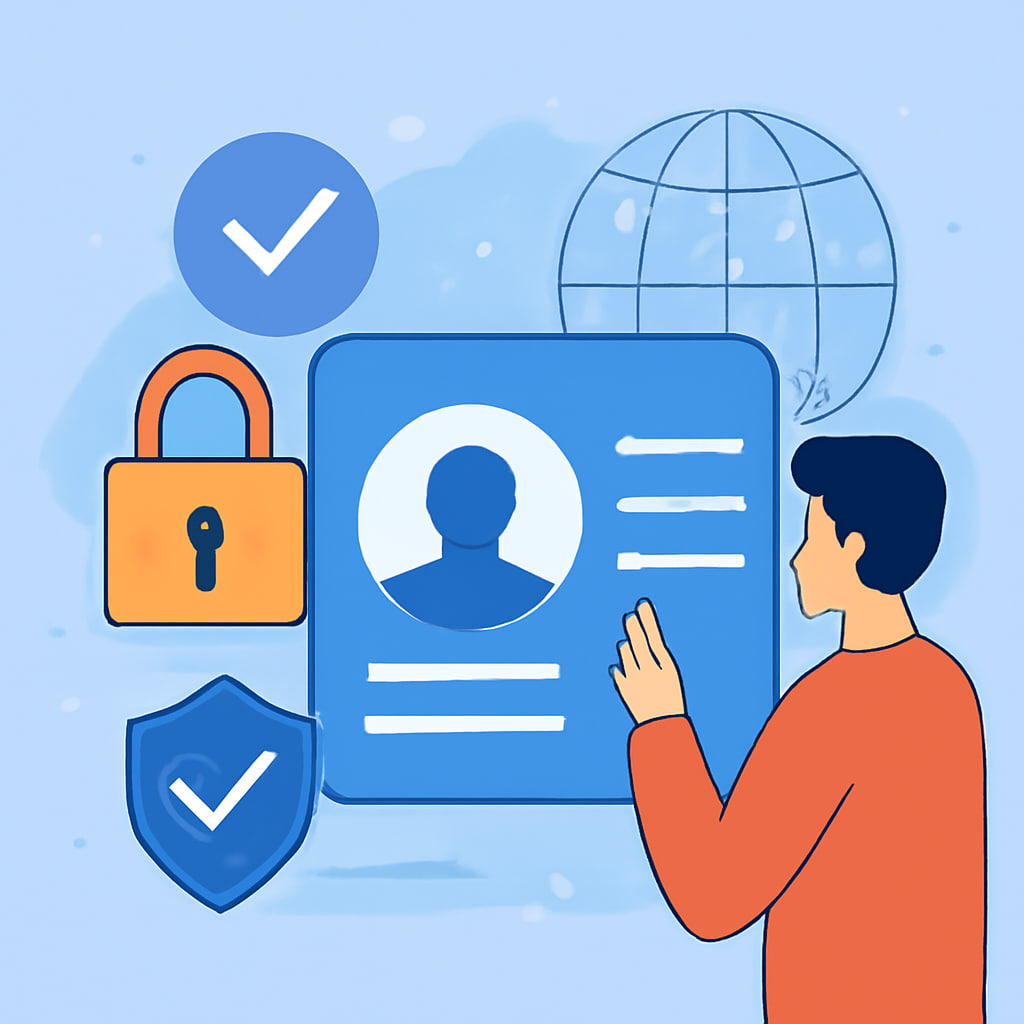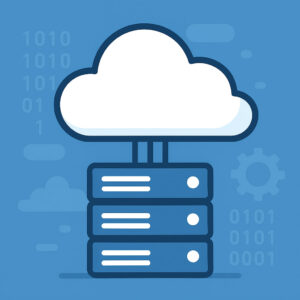Digital Identity in the Modern World

Every click, login, or biometric scan contributes to a digital identity—an evolving portrait of who one is in cyberspace. In today’s interconnected world, digital identity plays a central role in security, trust, access, and privacy. Mismanaging it can lead to fraud, data breaches, or exclusion. Handled well, it opens seamless access and personalized experiences.
This article examines what digital identity means today, how identity systems operate, emerging trends and challenges, and practical strategies to build or protect trusted identity in workplaces or consumer environments. The tone aims to stay grounded and human, with illustrations and actionable tips for IT professionals, developers, and decision‑makers.
What Is Digital Identity?
At its core, digital identity is the collection of attributes, credentials, and behavioral patterns that represent a person, device, or entity in the digital world. It does not refer only to a username and password—it includes biometric data, device fingerprints, access permissions, session behavior, and reputation signals.
Elements of a Digital Identity
- Identifiers: Unique handles such as usernames, email addresses, or user IDs.
- Credentials: Proof of identity such as passwords, tokens, certificates, biometric hashes.
- Attributes & Metadata: Profile details, role, permissions, group memberships.
- Behavioral Signals: Login times, IP addresses, device patterns, usage habits.
- Trust & Reputation: Reputation in networks, history of requests, risk scores.
Why Digital Identity Matters Now More Than Ever
The proliferation of remote work, cloud services, mobile devices, and API-based systems means identity is now the frontier of trust. Many security breaches begin with credential misuse. A robust identity system becomes the gatekeeper: verifying who is allowed in, where, and when.
Practical Tip:
When designing systems, treat identity as foundational. Build around a strong identity layer rather than bolting it on later. That ensures consistency and reduces gaps.
How Modern Identity Systems Operate
Modern digital identity systems rely on protocols, federations, and policies that allow trust across boundaries while preserving security.
Authentication & Authorization
Authentication proves “who you are”; authorization decides “what you can do.” Together they create secure access. Modern systems use multi-factor authentication (MFA), single sign-on (SSO), and adaptive authentication (risk-based) to balance security and convenience.
Federated Identity & Trust Brokers
Federated identity allows one identity provider (IdP) to vouch for users to multiple services. For example, signing into various apps using a corporate login uses federation (e.g. SAML, OpenID Connect). Trust brokers mediate this relationship and enforce policies.
Decentralized & Self-Sovereign Identity (SSI)
A rising trend is moving identity control toward individuals. In **self-sovereign identity**, users own and manage their credentials, presenting verifiable claims to services without central intermediaries. Blockchain, decentralized identifiers (DIDs), and verifiable credentials are enabling this shift.
Identity Lifecycle & Governance
Digital identity is not static. Systems must support onboarding, role changes, attribute updates, deprovisioning, and revocation. Governance ensures that identities stay accurate, privileges don’t accumulate unnecessarily, and orphaned accounts get removed.
Practical Tip:
Maintain identity audit logs and periodic cleanup. Automate deprovisioning for roles that expire (contractors, temp accounts) to reduce exposure.
Challenges, Risks & Trade‑offs
Implementing digital identity systems is not without obstacles. Understanding risks helps navigate them thoughtfully.
Privacy & Data Protection
Digital identity stores sensitive personal data. If compromised, the fallout is severe. Encryption, minimal data storage (data minimization), and strict access control are essential mitigations.
Identity Theft & Credential Abuse
Passwords get phished, tokens get stolen, biometrics can be spoofed. Rapid detection and response capabilities are critical. Identity systems must support anomaly detection and revocation paths.
Interoperability & Standards Fragmentation
Various systems use differing protocols (OAuth, SAML, LDAP). Bridging them requires mapping and translation. Incomplete or inconsistent adoption of standards can cause friction or security gaps.
Scalability & Latency
At scale, identity verification and risk scoring must be low-latency. Slow login processes frustrate users. Scaling to millions of users demands efficient identity infrastructure and caching strategies.
User Experience vs. Security Tension
Too many verification steps discourage users. Overly lax systems lose security. Finding the balance is delicate—especially in consumer-facing environments.
<h3>Practical Tip:
Use adaptive authentication: increase friction only when risk signals appear (e.g. login from new location, unusual device), rather than always requiring maximum steps.
Trends & Innovations in Digital Identity (2025 Insights)
Identity is evolving. The following trends are reshaping what identity means and how it is managed.
<h3>Behavioral & Risk‑Based Identity</h3>
Systems now infer trust from behavior: typing rhythm, navigation patterns, response timing. If behavior deviates, elevated checks are triggered. This continuous trust model improves security without constant friction.
<h3>Invisible & Passwordless Identity</h3>
Passwordless authentication—using biometrics, hardware tokens, or cryptographic keys—removes passwords, which are often weak links. Invisible identity (zero-interaction verification) uses contextual cues to authenticate without user effort.
<h3>Identity as a Service (IDaaS)</h3>
Cloud-based identity providers offer hosted identity, federation, and governance capabilities. Many organizations adopt IDaaS to avoid building identity stacks from scratch. Scalability, updates, compliance, and integrations come handled.
<h3>Composable Identity & Micro‑Identity Domains</h3>
Rather than one monolithic identity, systems are fragmenting into functional domains: identity for payments, identity for social, identity for enterprise. Bridging and stitching them is a growing challenge and opportunity.
<h3>Privacy‑Enhancing Identity Techniques</h3>
Zero-knowledge proofs, anonymous credentials, and credential selective disclosure allow users to prove facts (e.g. “over 18,” “certified professional”) without revealing full identity. These will become more practical over coming years.
<h3>Practical Tip:
Monitor identity provider vendors for built-in support of decentralized credentials or zero-knowledge protocols. Build systems modularly so they can integrate emerging identity primitives later.
<h2>How to Build or Protect Digital Identity in Practice</h2>
- Define Identity Strategy & Trust Boundaries: Decide which attributes are authoritative, how identity flows between systems, and where identities are trusted.
- Choose or Build an Identity Platform: Pick an IdP or identity framework that supports authentication, federation, lifecycle controls, APIs, and extensibility.
- Implement Strong Authentication: Use MFA, hardware tokens, biometrics, and adaptive methods. Encourage passwordless where possible.
- Enable Federation & Integration: Link internal and external services, third-party systems, and partner domains via trusted protocols.
- Monitor & Respond: Collect identity logs, behavioral signals, failed login patterns, risk scores, and anomalous behavior. Build detection and revocation workflows.
- Govern Identity Lifecycle: Automate onboarding, role changes, and offboarding. Conduct regular audits and cleanup of unused identities or stale permissions.
- Plan for Future Identity Models: Keep flexibility for decentralized or composable identity features. Avoid monolithic coupling to one identity scheme.
<h2>Hypothetical Scenario: Identity in a Multi‑Tenant Platform</h2>
Imagine a SaaS platform serving multiple organizations. Each organization wants its users to log in with its corporate identity. A federated identity model allows each organization to act as a trust provider. Users log in via their company’s IdP, and the platform maps roles and permissions based on verified claims. If a user changes roles or leaves a company, the enterprise IdP revokes access, and the platform updates immediately. This pattern ensures seamless trust across tenant boundaries.
<h2>Conclusion & Call to Engage</h2>
Digital identity is the backbone of trust in the digital realm. Its proper design influences security, usability, scalability, and privacy. As technology evolves, identity systems must adapt—embracing zero trust, decentralized models, behavioral signals, and privacy-enhancing techniques. The path requires thoughtful architecture, governance, and openness to new paradigms.
Which aspect of your identity system could benefit most from improvement—authentication, lifecycle governance, federation, or user experience? Choose one area and begin experimenting. Share challenges, insights, or results in the comments below—collective knowledge helps refine identity strategies for everyone.




